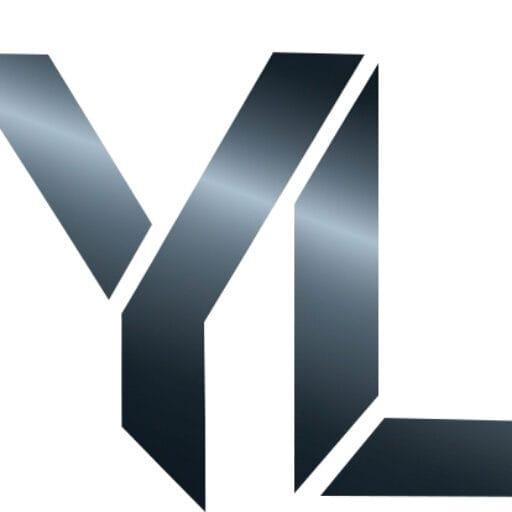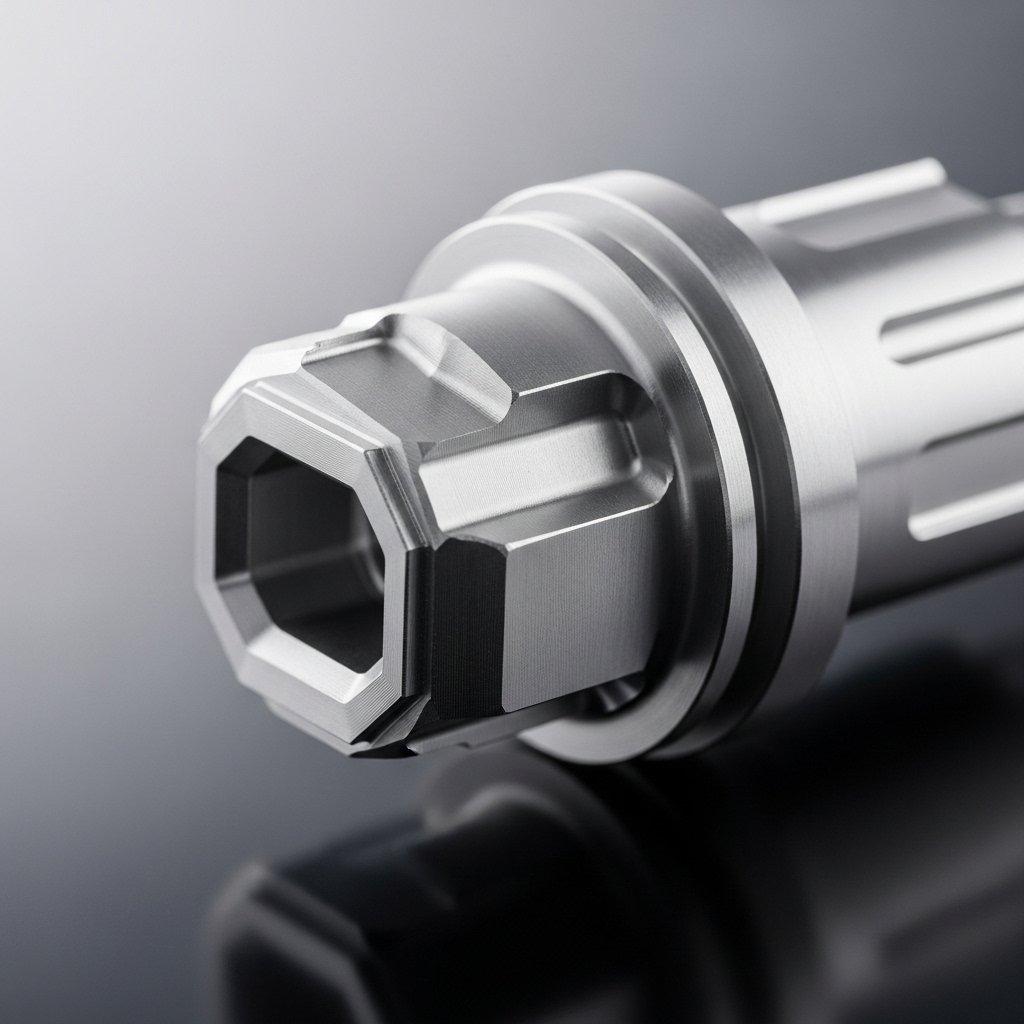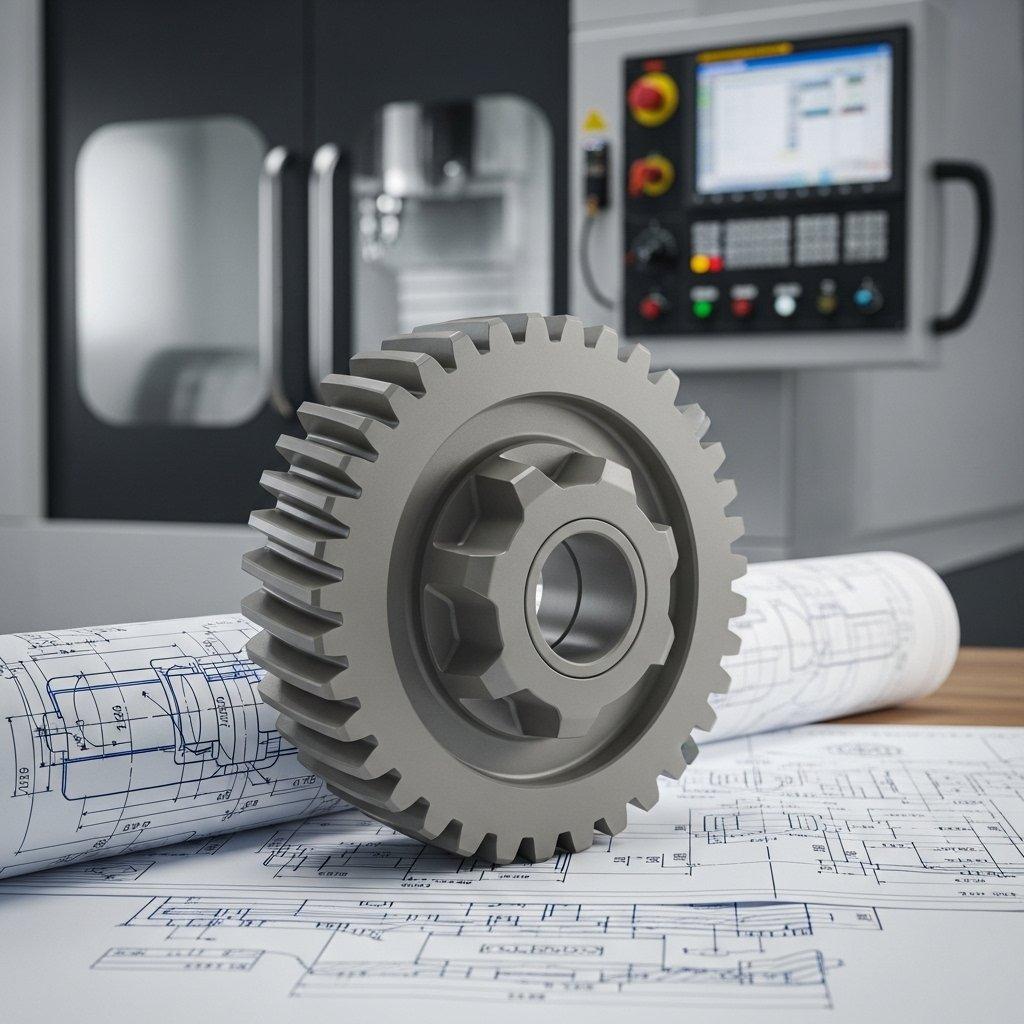High-precision 5-axis CNC machining
5-axis CNC machining services
Core equipment:
We have several world-class 5-axis CNC machining centers such as German DMG MORI and Swiss Mikron to ensure the stability and high efficiency of the machining process.
Quality control:
Passed ISO 9001:2015 quality system certification. Equipped with advanced testing equipment such as German ZEISS three-coordinate measuring machine (CMM), optical imager, etc., from raw materials to finished products, every 5-axis CNC machined part is 100% fully inspected.

Rapid prototyping to volume CNC machining services
Machining Services
Why choose our 5-axis CNC machining services?
Ultimate Precision
Challenging micron-level tolerances, our 5-axis CNC machining center can achieve dimensional accuracy up to ±0.005mm, ensuring every detail is flawless.
Mastering Complexity
Whether it is a complex curved surface, a deep cavity, or a unique inclined hole, our 5-axis machining technology can complete it in one clamping, reducing errors and improving efficiency.
Material Experts
Proficient in 5-axis CNC machining of various special materials such as titanium alloy, high-temperature alloy (Inconel), medical-grade stainless steel, and engineering plastics.
Rapid Delivery
From rapid prototyping to small batch production, we optimize the processing process, promise fast response and on-time delivery, and shorten your product launch cycle.
Expert Engineering Support
More than just machining. We provide professional design for manufacturability (DFM) to help you optimize your design, reduce costs, and improve part quality from the source.
Transparent Project Management
From quote to delivery, you can stay informed of your project progress. We proactively communicate to ensure clarity and transparency throughout the 5-axis CNC machining process.
Comprehensive 5-axis CNC machining services
Our 5-axis CNC machining center has an accuracy of ±0.005mm and can efficiently process complex structures such as curved surfaces, deep cavities and inclined holes. We are proficient in special materials such as titanium alloys, high-temperature alloys (Inconel), medical-grade stainless steel, engineering plastics, etc. From rapid prototyping to small batch production, we optimize processes, respond quickly, and deliver on time.
5-axis CNC machining FAQ
The main benefit of 5-axis machining is its ability to produce complex and intricate parts in a single setup. By moving on five axes simultaneously, the cutting tool can approach the workpiece from any direction. This reduces the need for multiple setups, which increases accuracy, shortens lead times, and allows for the creation of more complex geometries that are impossible with traditional 3-axis machines.
While the hourly rate for a 5-axis machine is typically higher, it doesn't always mean a higher part cost. For complex components, 5-axis can be more cost-effective by eliminating the need for multiple fixtures and setups that 3-axis machining would require. This consolidation of operations reduces overall machining time and the risk of errors, often resulting in a lower total price for intricate parts.
A wide variety of materials can be used in 5-axis CNC machining, offering significant design flexibility. This includes a broad range of metals like aluminum, stainless steel, titanium, and copper alloys. Additionally, various plastics such as ABS, polycarbonate, nylon, and PEEK can be precisely machined. The choice of material depends on the specific requirements of your part, including its desired strength, weight, and thermal resistance.
Lead times for 5-axis machining projects can vary significantly based on several factors. The complexity of the part design is the most significant determinant. Other factors include the type of material being used, the quantity of parts being produced, and the current production schedule. Simple parts in common materials may be completed in a few days, while highly complex parts or larger production runs could take several weeks.
You should consider 5-axis machining if your part features complex curves, undercuts, or multiple angled surfaces. If the part would require machining on more than two faces, 5-axis technology is likely the most efficient and accurate choice. For simpler, more prismatic parts, 3-axis machining may be sufficient. We can review your design files (CAD models) to determine the most suitable and cost-effective manufacturing approach for your specific needs.
blog
Mastering PEEK CNC High-Precision Machining
Navigating PEEK CNC machining challenges to achieve high-precision PEEK parts requires specialized expertise in PEEK plastic processing, ensuring material integrity and superior performance. When your product demands the superior properties of PEEK, but standard CNC […]
Food-Grade PP CNC machining Part Customization Standards
Achieve compliant food-grade PP CNC parts through expert PP plastic customization, strictly adhering to food contact regulations and advanced CNC machining standards for safety and performance. The demand for high-performance, compliant components in food, beverage, […]
Mastering UHMW-PE CNC machining Dimensional Stability
We master UHMW-PE dimensional stability in CNC machining. Our precision UHMW-PE machining leverages optimized processes and stress relief for consistent plastic CNC stability. The inherent challenges of machining Ultra-High Molecular Weight Polyethylene (UHMW-PE) to tight […]



